Here's Why No Animal-Derived Leather is Sustainable or Ethical
We often hear about the environmental and ethical issues tied up in cow skin leather production – from the release of greenhouse gases to the killing of newborn calves for the sake of soft, 'luxurious' leather, there's plenty to be concerned by. It's for this reason that some brands have tried to claim that leather made from the skins of other animals is a better solution – but this is misleading.
So, let's explore the many problems associated with different animal-derived leathers, so that we can help put to rest the myth that the fashion industry can continue making clothing, shoes and bags out of any kind of animal skin, while being ethical and sustainable.

Kangaroo skin
It's becoming increasingly common for brands to refer to leather made from kangaroo skin as a more sustainable and ethical alternative to cow skin leather, but this couldn't be farther from the truth.
Despite being native to the country, in Australia, kangaroos are shot at night. In the last decade, 31.5 million kangaroos have been killed, in what is considered to be the largest commercial slaughter of any land-dwelling wildlife in the world.
The trade of kangaroo skins, often turned into football boots, gloves and other light-weight, wearable items, is the backbone of the kangaroo shooting industry, which is poorly regulated, and extremely cruel. Every year, about 440,000 joeys are clubbed or left to starve after their mothers are killed in this industry.
Not only is this extremely violent, but unsustainable. As a species indigenous to the land, kangaroos support biodiversity in Australia, improving the health and plant diversity of different areas. Even synthetic, polyurethane-based vegan leather has a far smaller environmental impact than kangaroo skin (and every other animal-derived leather).

Sheep skin
Sheep skin boots, jackets and slippers are very common. But are they ethical? Here's what you should know: the meat and wool industry are one and the same, with all sheep who are bred for wool also being slaughtered and sold as meat at some point, with their skins being sold, too. In this industry, sheep have their tails cut off, and sometimes the skin around their backside too, and this is still legal without pain relief across the majority of the sheep industry today. This is of course, all before the horrors that take place in slaughterhouses, where sheep are killed and then skinned.
This system is completely unsustainable. Sheep are ruminant animals (just like goats and cows), which means that they have four stomachs and process their food very differently from us. As a result, while sheep pass gas, belch and even breathe, they release significant amounts of methane. Methane is a greenhouse gas which is 84 times more potent than carbon in the short term, making a reduction in methane emissions a fast and effective way to curb the climate crisis today.

Pig skin
You might not have realised that pigs are exploited not only in the food industry, but for fashion, too. Yet, according to Leather Mag, 200 million pig skins are used to make leather goods like shoes and bags, every single year. Across the world, the vast majority of pigs are confined to factory-farms – it's estimated that 90% of all farmed animals globally live in factory-farms until their slaughter.
Mother pigs in factory-farms are confined in cages called farrowing crates, where they can't turn around, and barely have room to lie down. They give birth in these cages, on concrete floor. Their piglets have their teeth cut out and the ends of their tails cut off, before they are taken away to be fattened, slaughtered and skinned.
Factory-farming is inherently unsustainable, resulting in significant amounts of pollution. However, the alternative isn't to raise animals for their slaughter in different conditions, as this not only does not change the ethical implications of needlessly killing animals, but also means more land which must be cleared for this. The more land that we clear for inefficient animal agriculture, the less biodiverse, natural environments we have.

Crocodile skin
Considered a type of 'exotic skin', the crocodile skin industry exists for the sake of the very wealthy who can afford the most supposedly 'luxurious' fashion. Luxury fashion house Hermès owns factory-farms where crocodiles are confined in concrete pits and cages, until they are killed and turned into bags that are sold for tens, if not hundreds of thousands of dollars.
The saltwater crocodiles factory-farmed by this brand – and sold to others, including Louis Vuitton – are native to Australia, and have lived on this land for at least 100 million years. But today, more of these ancient reptiles live in captivity than their natural habitat. This is seriously concerning for both individual crocodiles, and the species overall.

Cow skin
Last of all, let's talk about cow skin, the most common skin turned into leather. Cows whose skins are turned into leather are sometimes bred specifically for this purpose, but most often, are also exploited in the meat and dairy industries. This means that the cows that people wear on their feet or hung over their shoulders as bags are one of the following:
- A newborn male calf who has been slaughtered in the dairy industry, as they can never produce milk and their skins are the most financially valuable when they are young and soft. Mother cows killed as their milk production slows in the dairy industry are skinned too, for cheaper leather.
- A cow who is about 18 months old, as this is the standard age for them to be slaughtered in the meat and leather industry.
- A cow who has been raised specifically for their skin, killed while still very young.
There is no right way to kill individuals who do not want to die, and who have a right to freedom, safety and life.
What's more, cow skin leather is extremely harmful to the environment in production, more so than all other materials except for alpaca wool and silk. According to the Material Sustainability Index from Higg, the majority of leather's environmental impact comes from rearing cattle, not from tanning skins into leather. This means that vegetable tanned leather isn't a sustainable solution.
With so many injustices facing animals as individuals and species, and with so much environmental destruction involved in producing animal-derived leathers, it's best to avoid them. Luckily, there are a range of animal-free leather alternatives available that are not only more ethical, but better for the environment, too.
If you want to learn more about the materials that are used in the shoes at Vegan Style, head to our materials page.

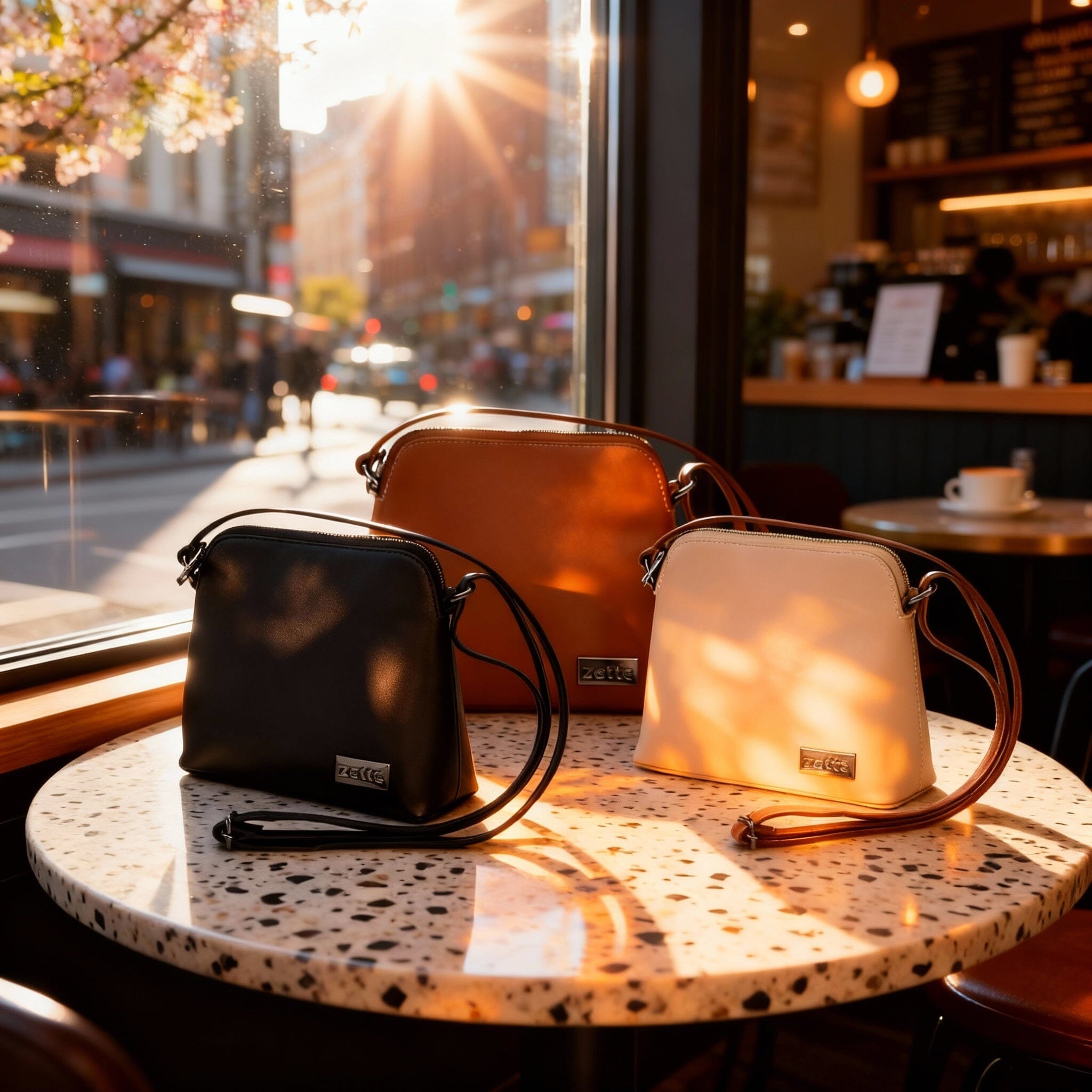



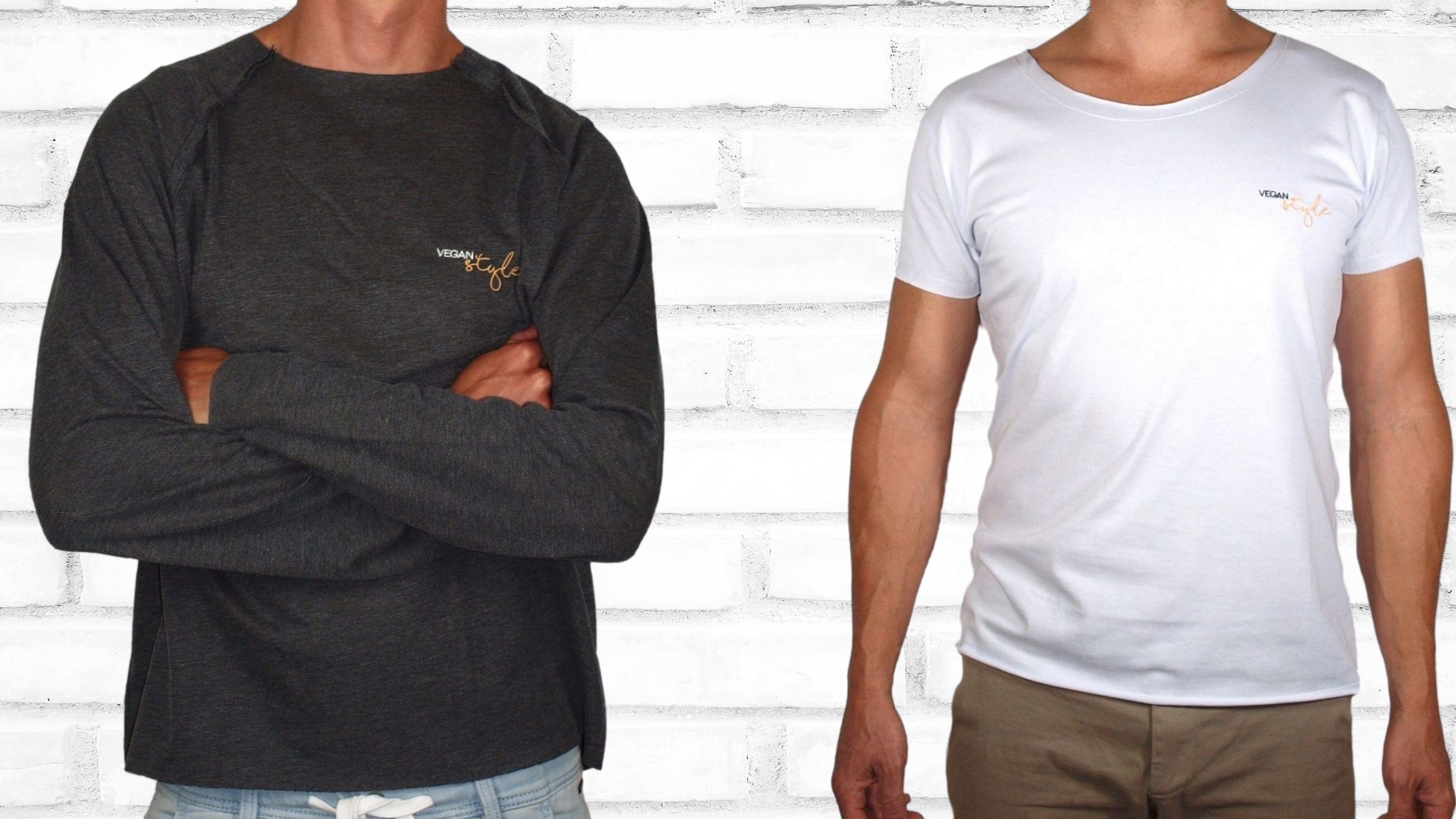

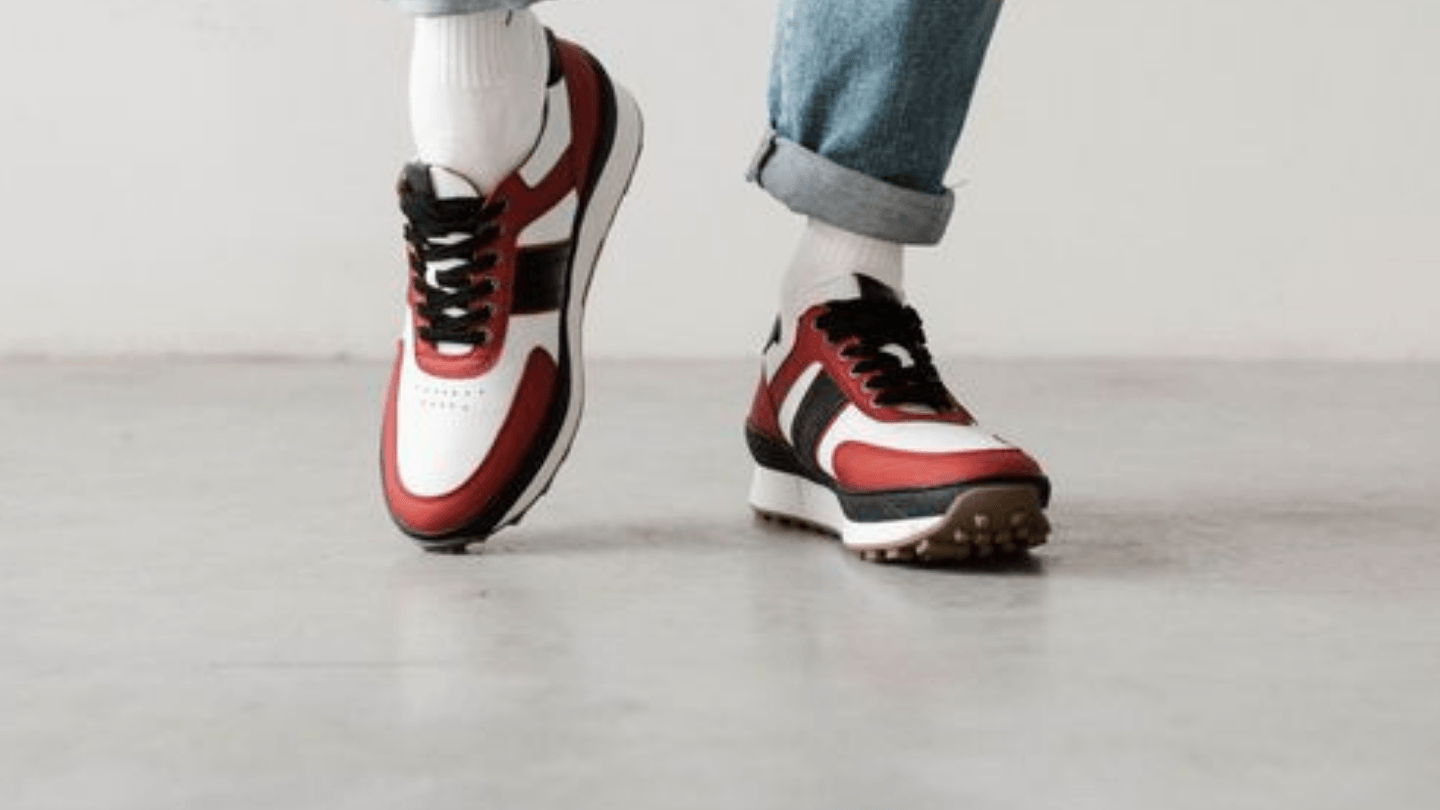
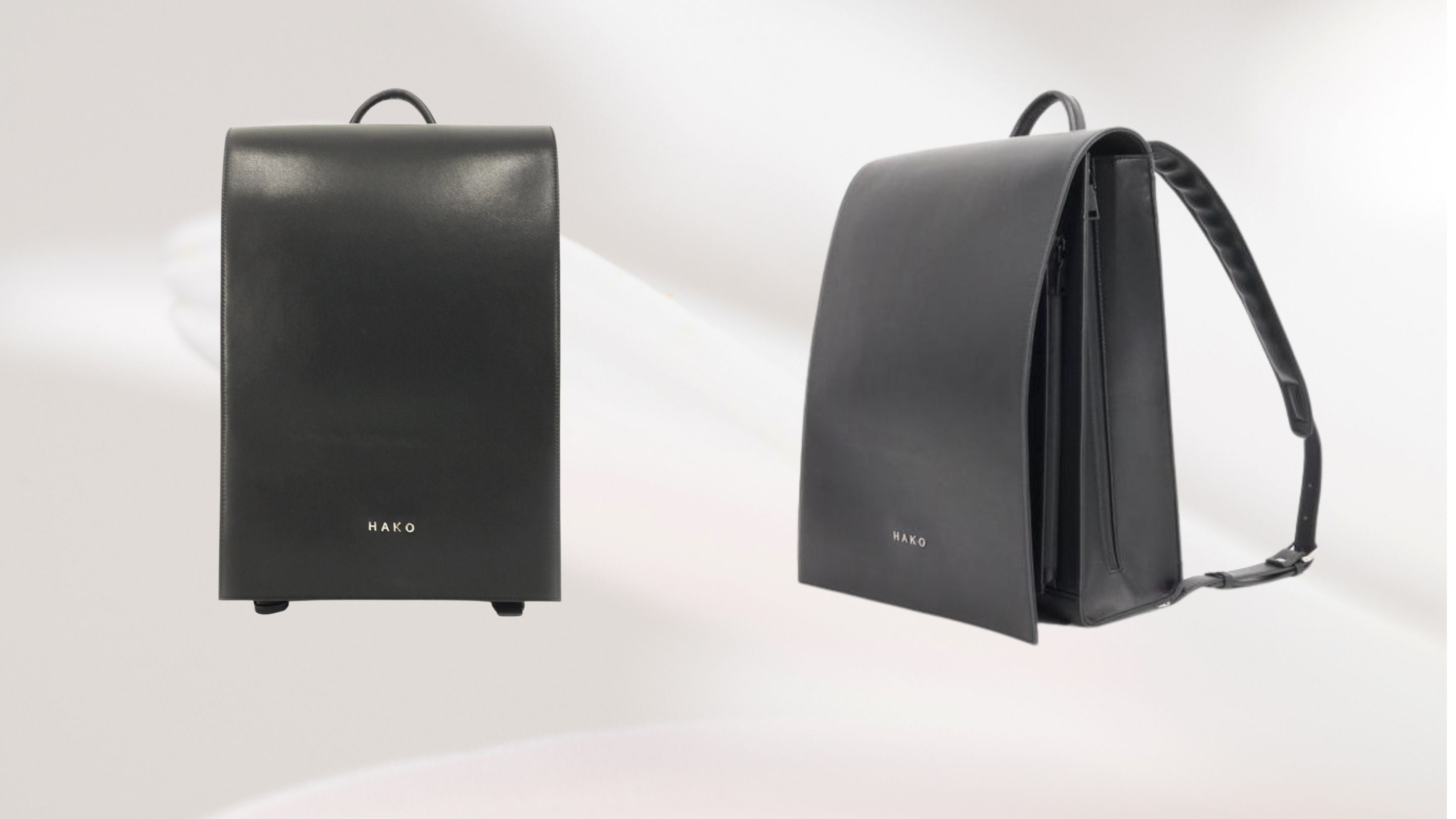





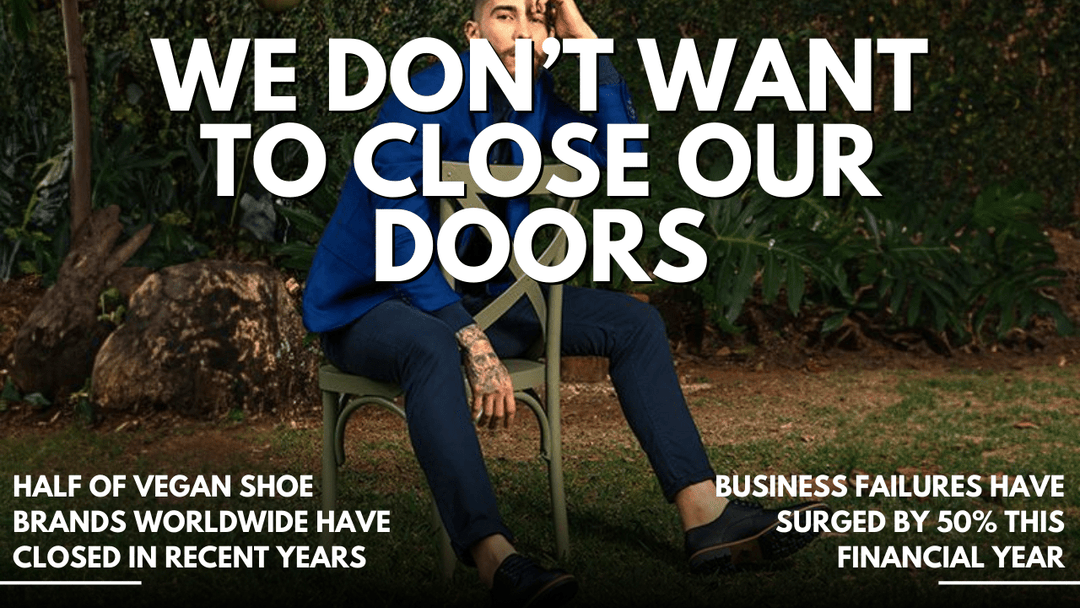

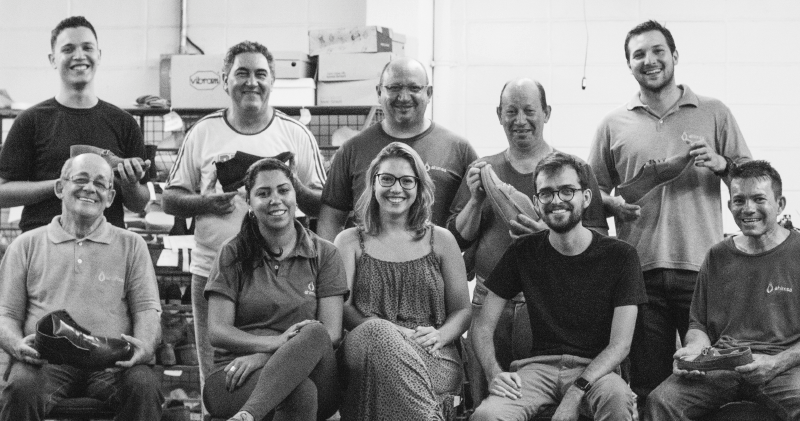

Leave a comment